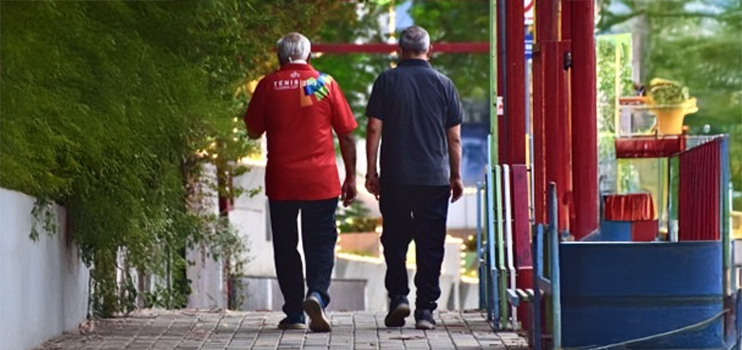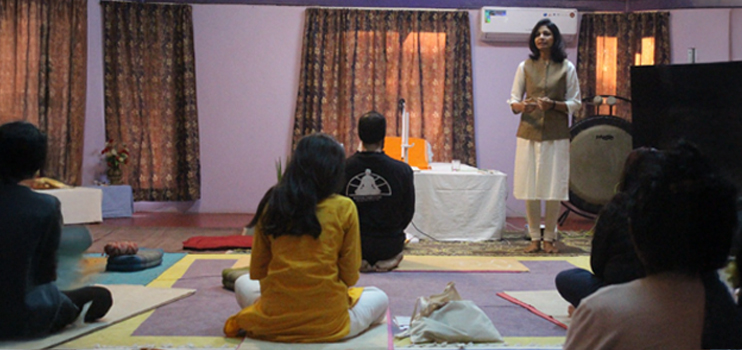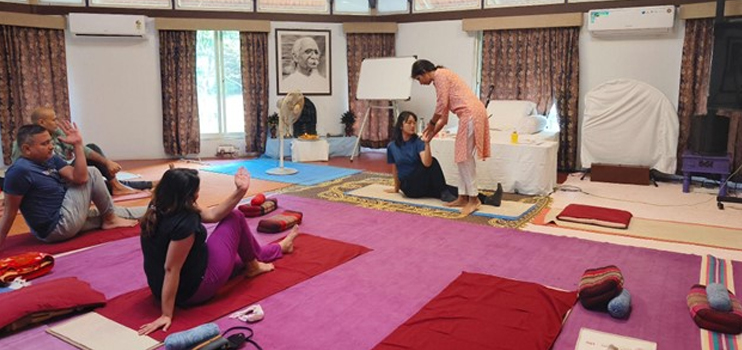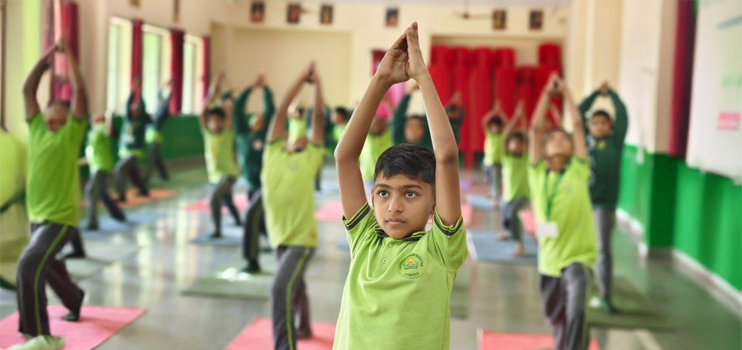kdham » Archives for Kaivalya Dham
Does Growing Old Mean Living with Pain?
A Personal Journey into Yoga, Aging, and Hope
Have you ever wondered why so many elderly people say, “It’s just the pain of old age,” as if discomfort is the inevitable price of growing older? I grew up without grandparents, but my family made sure I spent time with elders in our community. Whenever I asked how they were doing, their answers were almost always the same: “Bas budhape ka dard hai.” That phrase never sat right with me. Why should aging mean accepting pain as a given? That simple question became the spark for my master’s dissertation—a journey into how yoga might offer a gentler, more hopeful path through the later years of life. This blog is my attempt to share that understanding with you.
Rethinking the Aging Experience
Aging brings perspective, wisdom, and a slower rhythm of life. But it also presents real, everyday challenges, like reduced mobility, physical stiffness, mental fatigue, and a shrinking circle of social interaction. These changes are especially felt by elders who live away from family or in institutional settings, where routines are fixed and meaningful connection may be limited.
Yet, must these experiences be accepted as fixed truths? Can aging look different with more ease, more dignity, and even moments of joy?
Why Yoga Makes Sense for Older Adults?
Yoga isn’t just about postures. It’s a holistic practice that gently brings the body, breath, and mind into conversation. For older adults, it can offer:
- Movements that are adaptable and respectful of physical limitations
- Simple breathing practices that calm the nervous system and support restful sleep
- Gentle strengthening that improves balance and confidence in movement
- A sense of connection—both inward and with others in a shared practice
Most importantly, yoga can be offered without pressure or performance. There’s no competition, no need to “achieve” anything, just an invitation to feel a little better, day by day.
A Small Experiment
In one old age home, a small group of residents gathered for a yoga program. With support from a trained instructor, they explored gentle postures, breath awareness, OM chanting, and guided relaxation over a few weeks. After this initial period, they were encouraged to continue simple practices on their own.
Participants moved more freely. Their walking improved. They stood with more confidence. Their emotional tone lifted and they smiled more, rested better, and expressed a stronger sense of inner calm.
Hearing feedback from them
What stayed with me most were the quiet, almost offhand comments shared by the participants. One spoke of sleeping better at night. Another said they felt calmer, less irritable. Someone mentioned being able to get up from a chair with greater ease. And a few shared something more inward: a renewed sense of connection to themselves.
These gentle observations hinted at small shifts that made daily life feel a little lighter, and a little more manageable.
It made me wonder how often we check in with ourselves like this? Do we move our bodies with care and intention, or do we rush through our days unaware of how we feel? Are we confident in our balance—physically, yes, but also emotionally? How do we meet ourselves at the start and end of the day?
Yoga invites us to slow down, to listen, and to return to a steadier place within ourselves. And perhaps that’s what the elders in this study were quietly pointing to, that is, but feeling more at ease in their own bodies, more present in their lives. A kind of presence that can be felt, even in silence.
Yoga doesn’t promise miracles. But it can offer presence, ease, and a chance to come home to yourself at any age.
Final Reflections: Doing This Work with Care

Introducing yoga to older adults isn’t about fixing or proving anything. It’s about creating safe, sensitive spaces for wellbeing to emerge. This requires understanding the lived realities of the people you’re working with—their health conditions, their emotional world, their social history, and most of all, their pace.
Yoga for the elderly must be offered with gentleness, humility, and a deep respect for the wisdom that aging brings. Every instruction, every posture, every breath must be offered in a way that honours the person—not just the protocol.
~ Written by Pragya Jha
MA in Yogashashtra


















